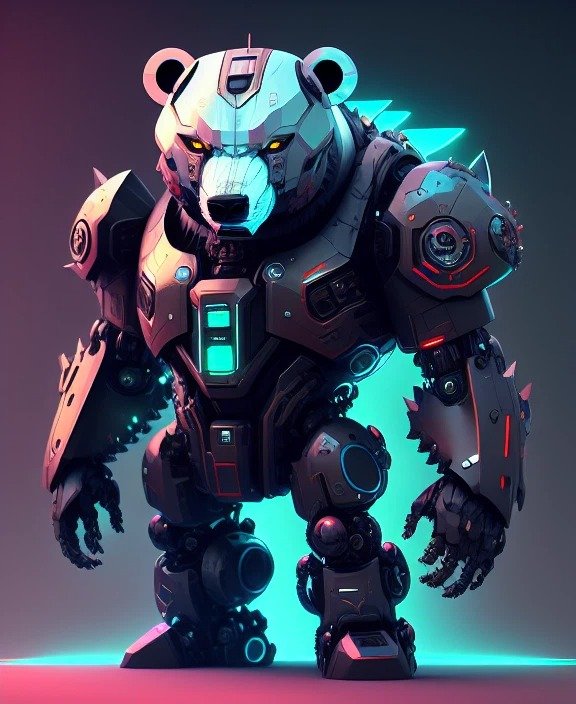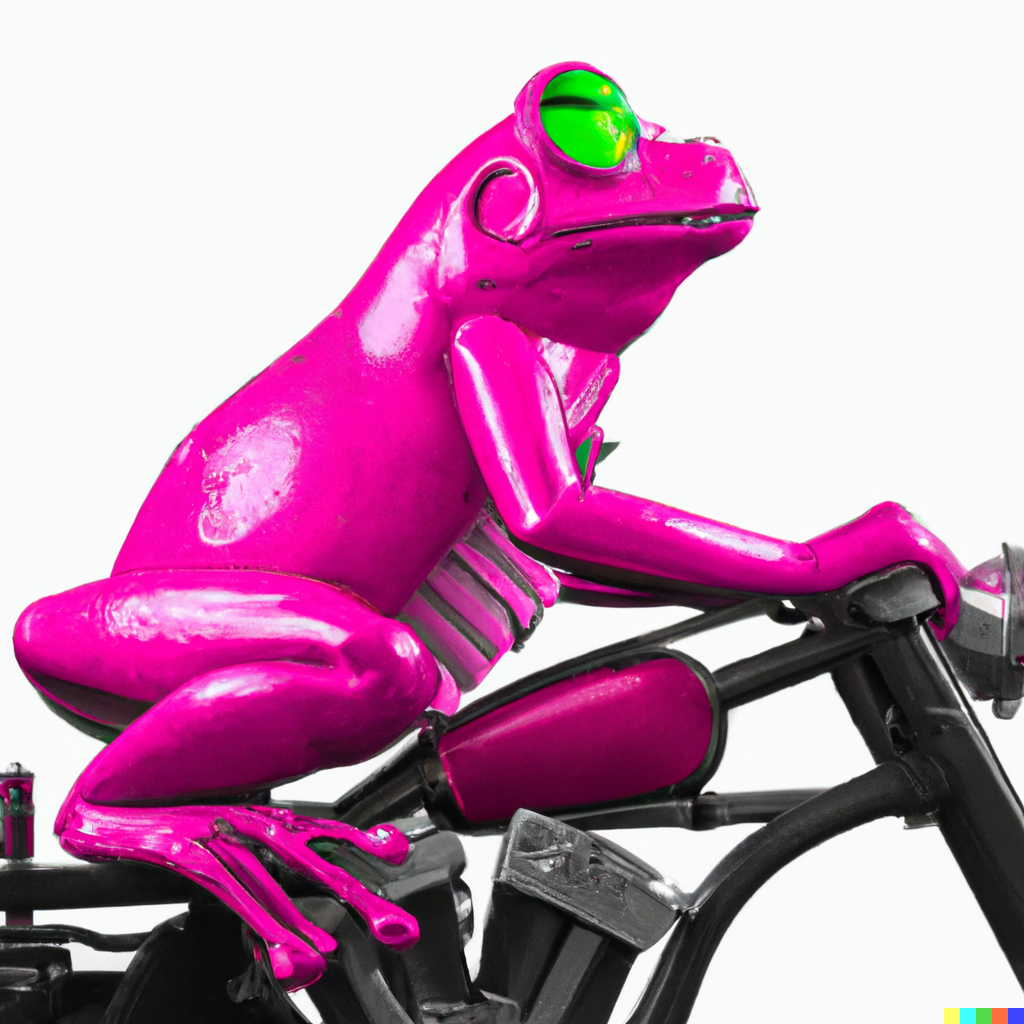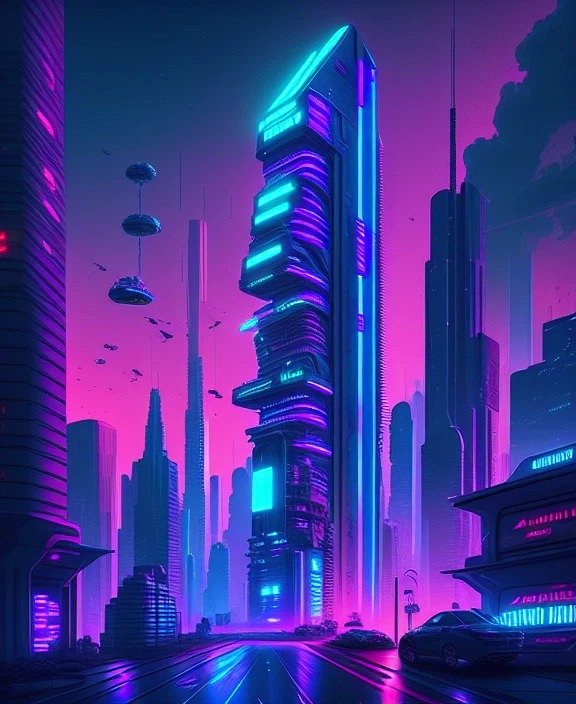Part 8: Art and Artificial Intelligence (AI)
Artists: Embracing Future Technologies Series - Part 8
One of the most controversial aspects of the future technologies we have seen emerge in recent years is AI-generated art. This is when art is generated automatically by providing prompts on specific art AI websites. There is a very real fear among artists and creatives that businesses and commissioners could turn to AI instead of real-life artists, taking work away from the art community.
AI is being used to create art, analyse art, and even predict which art will be popular. In this blog post I provide further information about AI-generated art and consider the benefits for artists, as well as the challenges.
Table of Contents
Definition of Artificial Intelligence (AI)
How AI is changing the artist and creative process
Definition of Artificial Intelligence (AI)
Artificial Intelligence (AI) is a phrase that has been around for decades. However, the meaning and scope of AI have evolved over time, and it can be challenging to define precisely what it is and what it encompasses.
At its core, artificial intelligence refers to the ability of machines to perform tasks that typically require human intelligence. These tasks can include anything from recognising speech and images to making decisions and learning from experience. AI is built upon the idea of creating machines that can think and act like humans.
How AI is changing the artist and creative process
Artificial intelligence (AI) is rapidly transforming various industries, and the art industry is no exception. AI is enabling new possibilities for creativity and innovation, and has the potential to improve the way many artists and designers work. Some of these benefits include:
New tools and technologies: One of the ways AI is changing the creative process is by providing new tools and technologies that artists and designers can use to create their work, for example 3D modelling.
Automation: AI is being used to automate certain tasks in the creative process, such as image and video editing. AI algorithms can analyse images and videos and make automatic adjustments, such as removing unwanted elements, enhancing color and contrast, and even generating realistic animations. This automation can save time and increase productivity, allowing artists and designers to focus on more creative aspects of their work.
Human and Machine collaboration: Another way AI is changing the creative process is by enabling new forms of collaboration between humans and machines. AI-powered tools can work alongside human designers and artists, providing suggestions and insights to help them make more informed decisions. This collaborative process can lead to more innovative and effective designs, as the machine can analyse vast amounts of data and identify patterns and trends that humans may not have noticed.
New Viewing Experiences for Art: Another way AI is changing the art world is through its ability to personalise the art viewing experience. AI algorithms can analyse data on individual preferences, interests, and even facial expressions to recommend artworks that are likely to resonate with them. This has the potential to make art more accessible and engaging for a wider audience.
Preserve and restore works of art: AI is also being used to preserve and restore works of art. For example, researchers are using AI algorithms to analyse high-resolution images of damaged artworks and create digital reconstructions of what they may have looked like before the damage occurred. This has the potential to revolutionise the field of art restoration and ensure that important works of art are preserved for future generations.
Potential Risks and Challenges of Using AI in Art
As with any new technology, there are also potential risks and challenges associated with using AI in art. Some of the main issues include:
Potential for bias and discrimination: A risk of using AI in art is the potential for bias and discrimination. AI algorithms are only as good as the data they are trained on. If that data is biased, then the AI will be biased as well.
Loss of creativity and originality: Another potential risk of using AI in art is the loss of creativity and originality. While AI algorithms can generate new works of art, there is a concern that these works may lack the originality and creativity as these are based on old ideas and techniques. There is a risk that it could lead to a homogenisation of artistic styles, as the algorithms may favour certain trends or styles over others.
Ownership and copyright: The use of AI in art also raises concerns about ownership and copyright. If an AI algorithm generates a work of art, who owns the copyright to that work? Is it the creator of the algorithm or the person who used it to generate the work? These questions are not yet fully resolved, and there is a need for legal frameworks to address these issues.
Ethical Concerns: The use of AI in art raises ethical concerns around the use of technology to replicate or replace human creativity. If AI algorithms become too advanced, there is a risk that they could replace human artists altogether, leading to a loss of jobs and opportunities in the creative industry. Many artists and creatives are understandably very concerned about this aspect of AI.
AI Art Generation Platforms
There are several AI image platforms. The list below includes the platforms that are currently free to use:
Dreamlike.Art is one of the easiest and quickest AI art generators currently available. There is a daily limit on the amount of images a user can generate.
Instant Art is another freely available AI art generator that produces some very detailed images. This AI generator does have a time lag when creating images.
DALL-E 2 is an AI image generator developed by OpenAI, who developed ChatGPT. With a written prompt, this programme can create realistic images and illustrations. There is a monthly limit on the number of images that can be generated.
NightCafe AI is an AI powered platform that creates digital art from photographs, pictures or text prompts.
Dream by Wombo has an easy to use interface and can be connected to digital wallets to allow it to be influenced by existing NFTs.
My Final Thoughts on Art AI
While I completely understand the concerns of many in the art community regarding AI-generated art, I am making a conscious decision to have a positive approach to new technologies. The use of AI in art and the art world is going to become more prevalent over the coming years, therefore I plan to incorporate the positive aspects into my art practice, in a considered and thoughtful manner.
There is much more still to learn about these new technologies, so please read the following blog posts to find out more:






